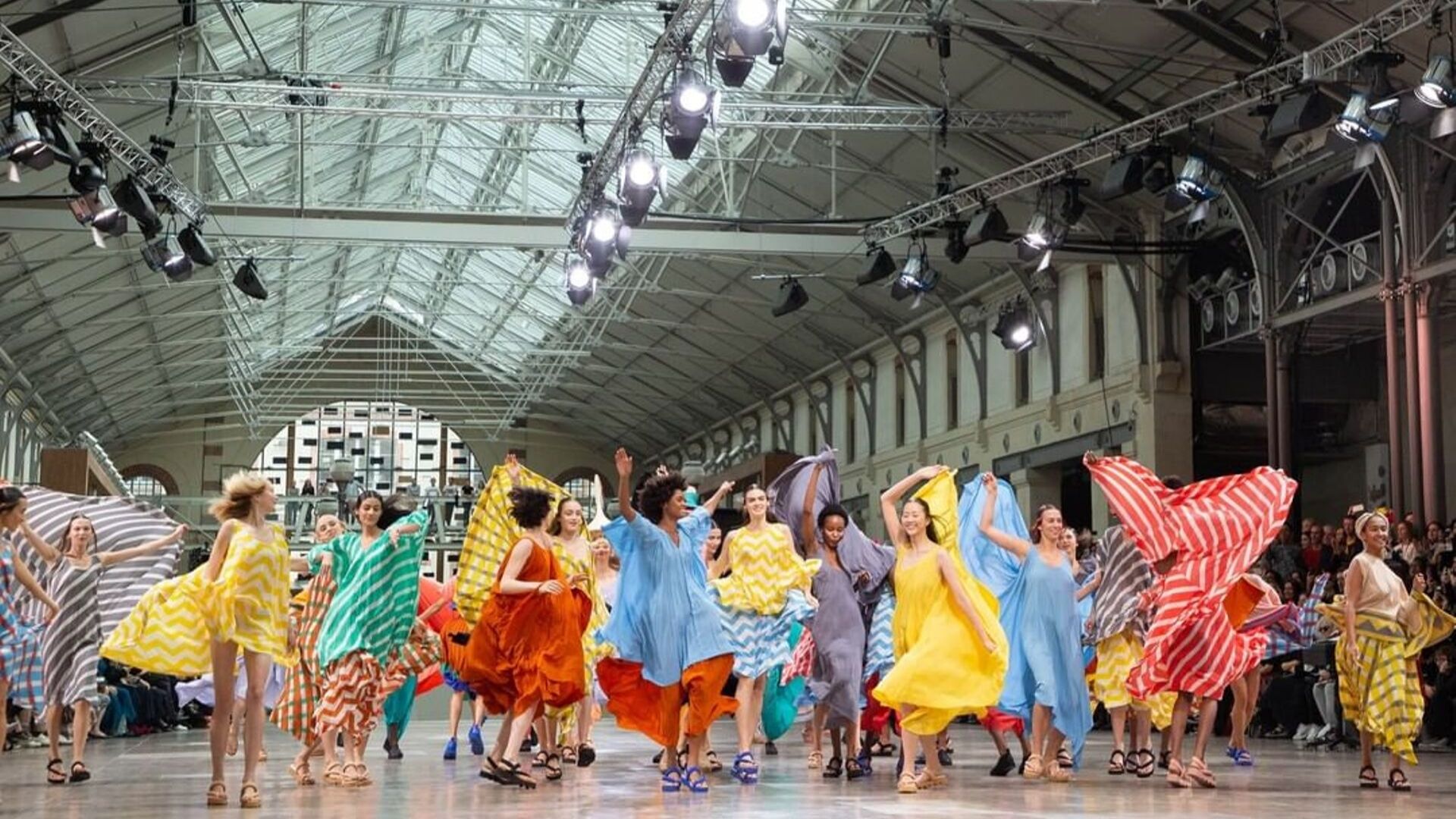Santorini, a picturesque island in the Aegean Sea, is famous for its stunning sunsets, white-washed buildings, and unique traditions. Among these traditions is the mesmerizing sight of floating dresses, which hold deep symbolic meaning for locals and visitors alike. These floating dresses, also known as "flying dresses" or "dancing dresses," are a captivating spectacle that has become an iconic part of Santorini's cultural heritage. In this article, we will explore the symbolism behind Santorini's floating dresses and uncover the significance they hold.
The tradition of floating dresses in Santorini dates back several decades. It is believed to have originated as a celebration of the island's connection to the sea and its reliance on fishing and maritime activities. The dresses are typically made of lightweight fabric, such as silk or chiffon, and are adorned with vibrant colors and intricate patterns. They are carefully laid out on the water, allowing them to float and dance with the gentle breeze, creating a mesmerizing visual display.

Image Source: Google
While the floating dresses in Santorini are undoubtedly a treat for the eyes, they also carry deep spiritual and symbolic significance. For the locals, the dresses represent a connection to the divine, a way to honor the sea and its importance in their lives. The act of releasing the dresses onto the water is seen as an offering to the gods, a gesture of gratitude for the bounties of the sea, and a plea for protection and abundance.
Another important aspect of Santorini's floating dresses is their celebration of femininity. The dresses are often associated with the goddess Aphrodite, the Greek goddess of love and beauty. They embody the elegance and grace that is traditionally associated with femininity, and they serve as a reminder of the power and strength that women possess.